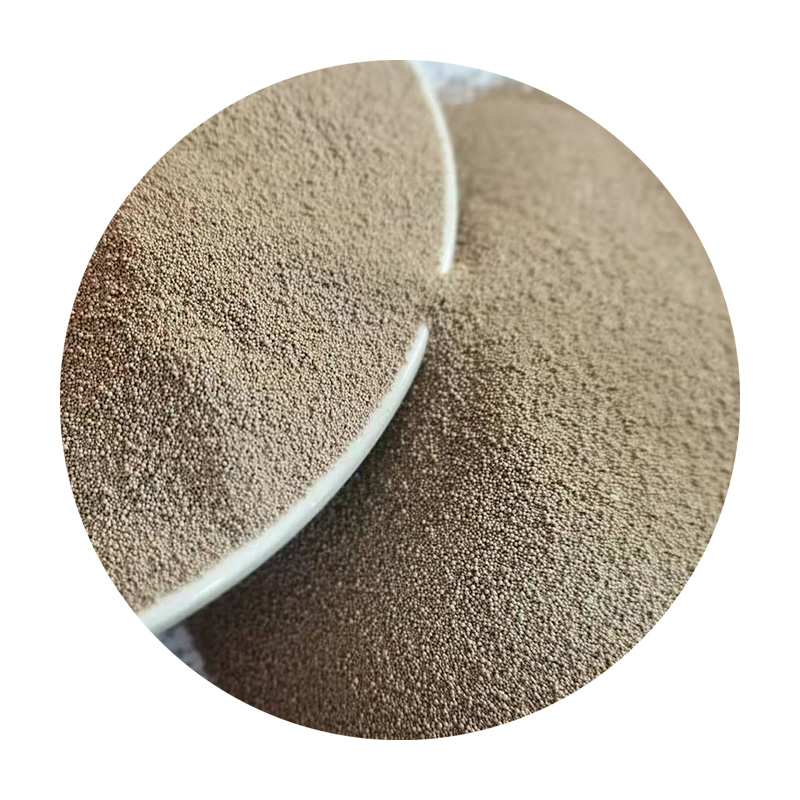How to Wet Sand 3D Prints A Comprehensive Guide
Wet sanding is a technique used to achieve a smooth finish on various surfaces, and it’s especially beneficial for 3D prints. Whether you’re working with PLA, ABS, or PETG materials, wet sanding can help you eliminate layer lines, reduce imperfections, and prepare your print for painting or further finishing processes. In this article, we will explore the steps and considerations for effectively wet sanding your 3D prints.
What You Need
Before you start, gather the following materials
1. Sandpaper Choose a range of sandpaper grits, starting from 400-grit up to 2000-grit or finer. 2. Water Clean water will help lubricate the sanding process, reducing friction and preventing clogged sandpaper. 3. Spray Bottle For easy application of water. 4. Sponge To hold the sandpaper and ensure even pressure during sanding. 5. Container A bucket or basin to catch water runoff. 6. Cloth For drying the print after sanding.
The Wet Sanding Process
1. Preparation Start by preparing your 3D print. Remove any supports and clean off any excess filament or debris. Use a hobby knife or filament cutter to trim any rough edges.
2. Soaking To begin the wet sanding process, fill a spray bottle with water. Lightly mist the surface of your print to keep it damp. This helps reduce dust and debris from the sanding process while keeping your sandpaper effective.
how to wet sand 3d prints

3. Start with Coarse Grit Begin with a lower grit sandpaper, like 400-grit. Wrap the sandpaper around a sponge or sanding block for better control. Sand the print using circular motions or in a consistent direction. Keep the surface wet by periodically spraying water on it and the sandpaper. This process will help reduce the risk of overheating and prevent the plastic from melting.
4. Inspect Your Work After sanding with the coarse grit, rinse your print under running water to remove any residue. Examine the surface closely. You should notice a marked reduction in layer lines. If some imperfections remain, continue with the coarse grit until they are minimized.
5. Progress to Finer Grits Once you are satisfied with the rough sanding, gradually work your way up through finer grits (600, 800, 1000, 1500, and finally 2000). Each time you switch to a finer grit, be sure to keep the surface moist and use a light touch. With finer grits, you’ll achieve a polished finish.
6. Final Rinse and Dry After you finish sanding, rinse the print to remove any sanding dust and residual particles. Use a cloth to dry it gently. Ensure no water remains in intricate sections of your model as it may lead to issues during painting.
7. Finishing Touches If priming or painting your model is the next step, now is a great time to do it. The smooth surface will allow for better adhesion of paints and finishes, resulting in a professional look.
Tips for Success
- Be Patient Good results take time. Rushing through the wet sanding process can diminish the quality of your finish. - Proper Ventilation If your print has been treated with chemicals or paint, make sure you work in a well-ventilated area. - Practice on Test Pieces If you’re new to wet sanding, it might be helpful to practice on a failed print or a test piece to get used to the method before applying it to your project.
In conclusion, wet sanding is an effective way to enhance the appearance of your 3D prints. With careful preparation, the right materials, and patience, you can achieve a smooth, professional finish that makes your prints stand out. Happy sanding!
Post time:Gru . 04, 2024 20:38
Next:sanding a 3d print
